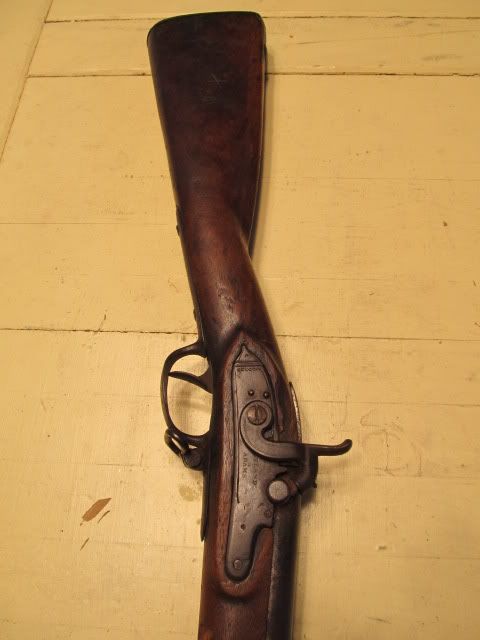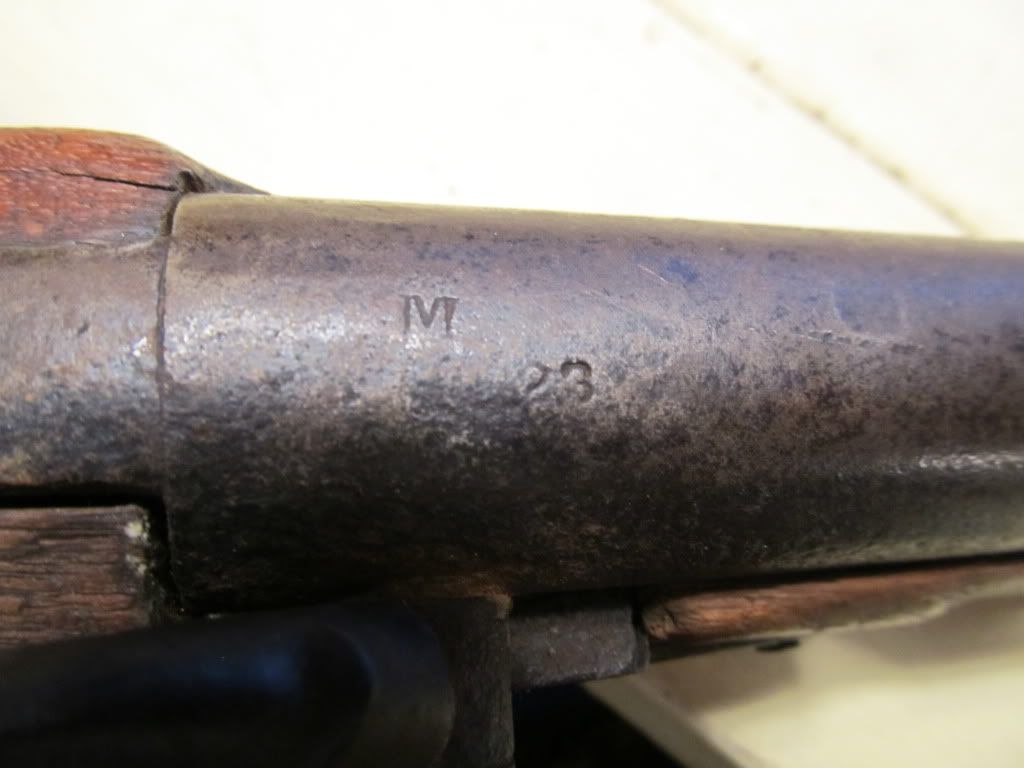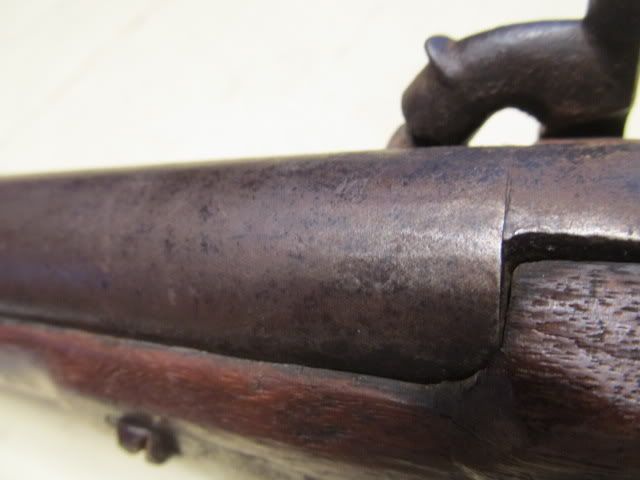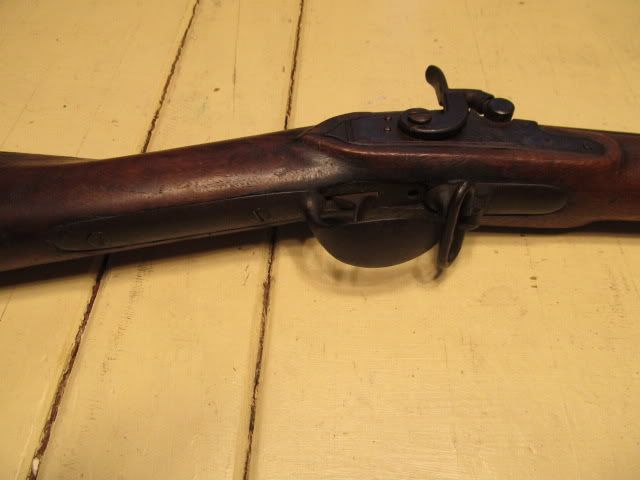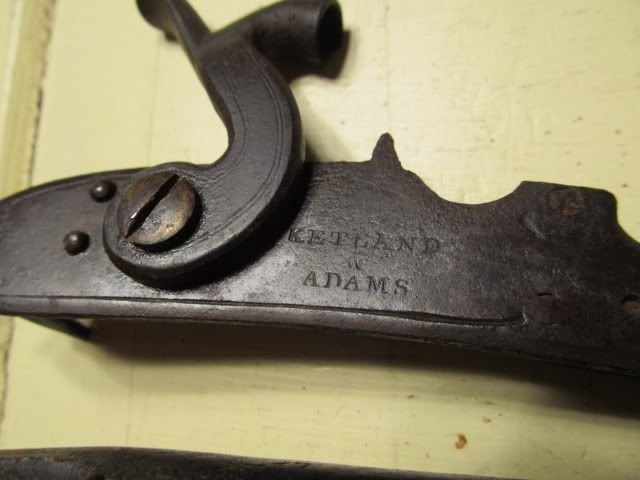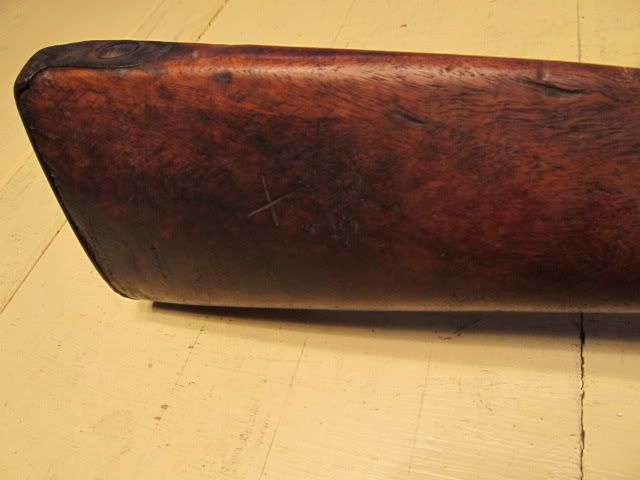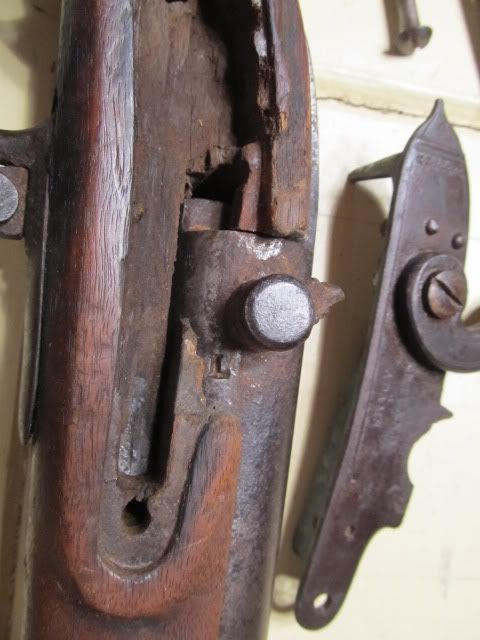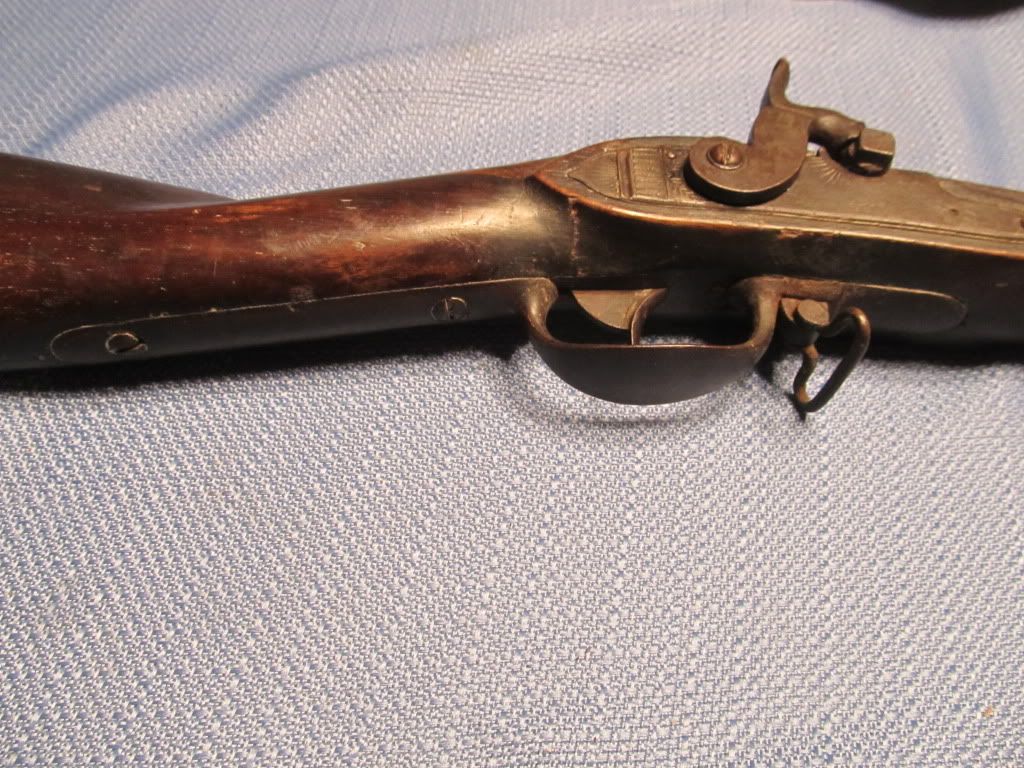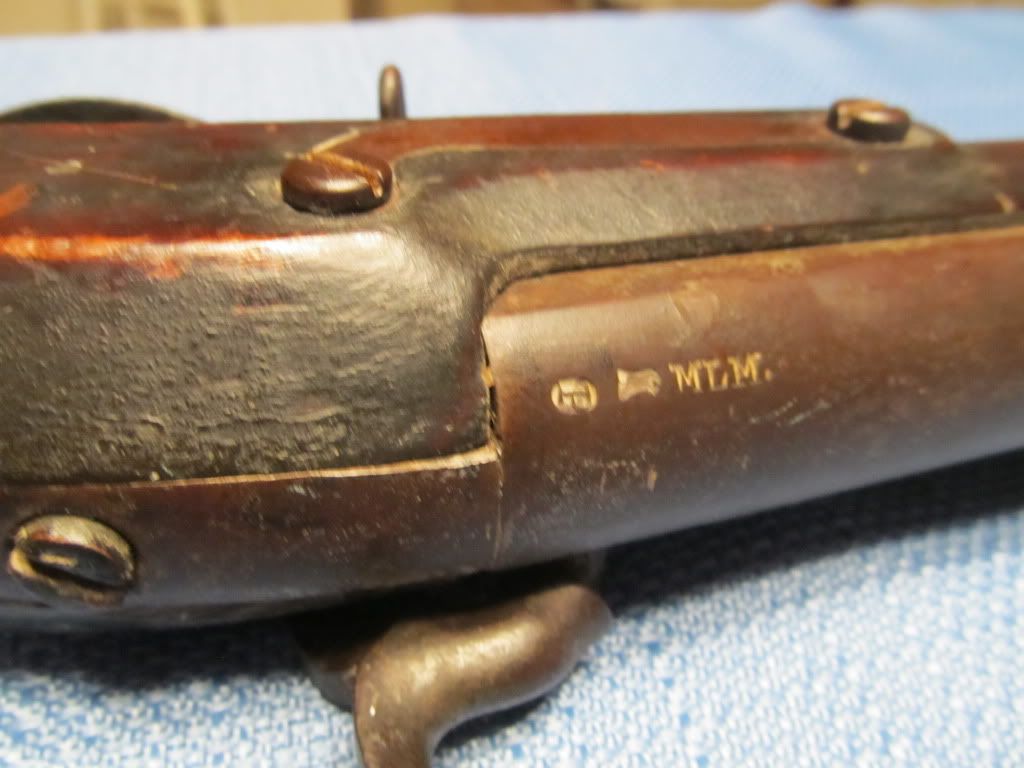I recently picked up what appears to be an early militia musket with a Ketland & Adams lock converted from flintlock to percussion. The barrel shows obvious signs of having previous marks filed off and marks added. There is also a very deep impression of an L on the barrel next to the drum. I'm guessing this may have been a Massachussetts militia musket. I know it was not uncommon for them to have Ketland locks. Any thoughts?


